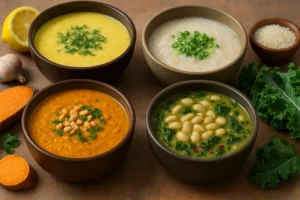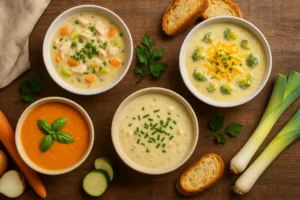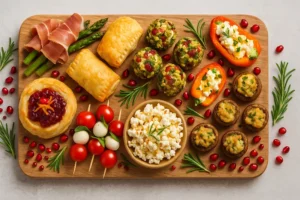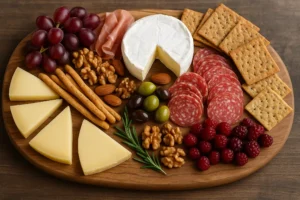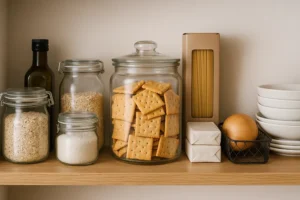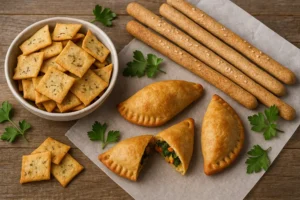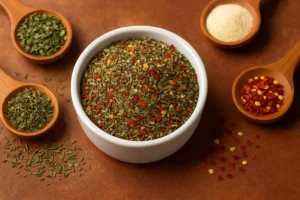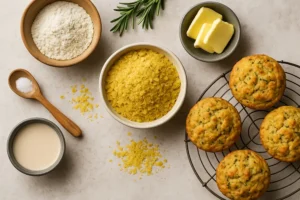Fall has a way of creeping in—cooler air, cozy sweaters, and pumpkin everything. There’s something magical about those first crisp mornings when you can smell cinnamon in the air and start craving warm, comforting desserts. This year, elevate your baking game with a pumpkin puree recipe that’s fresher, richer, and more flavorful than anything you can scoop from a can. Once you learn how to make pumpkin puree without a food processor, you’ll never go back to store-bought again—it’s simpler than you think and infinitely more rewarding.
Over time, many home bakers realize that the foundation of a truly unforgettable dessert starts with ingredient quality. The pumpkin you choose can make or break your pie, so understanding the difference between sugar pumpkin and carving pumpkin for baking is essential. Sugar pumpkins (also called pie pumpkins) are smaller, sweeter, and denser, making them perfect for smooth purees and vibrant flavor. Carving pumpkins, on the other hand, are watery and bland—great for Halloween, but not for pie.
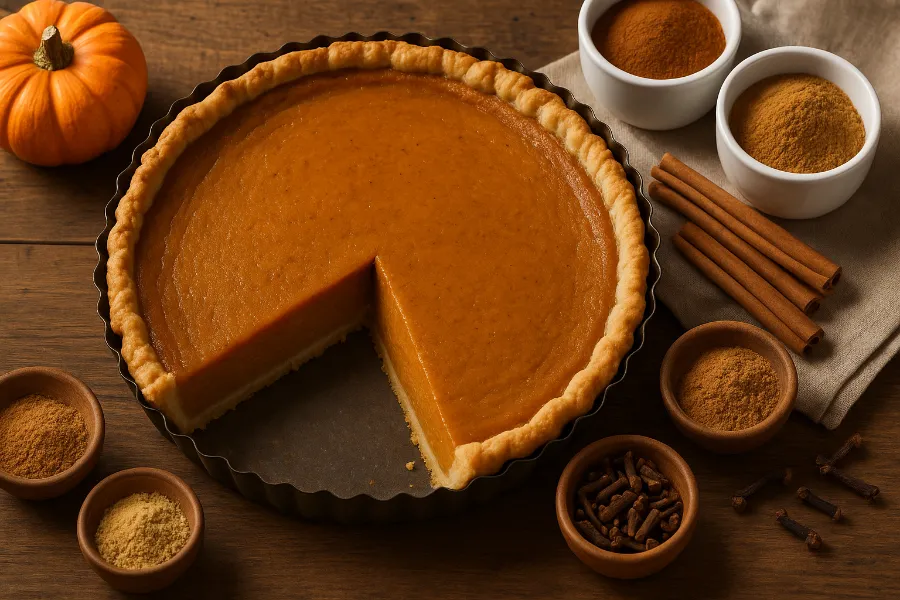
Pumpkin Pie Recipe: Fresh, Seasonal, and Irresistible
Few things capture the essence of autumn quite like the aroma of pumpkin pie baking in the oven. It’s that warm, spiced fragrance—ginger, nutmeg, cinnamon, cloves—melding with the natural sweetness of pumpkin that signals the true arrival of fall. Following a proper pumpkin pie baking temperature and timing guide ensures your pie bakes evenly and sets just right. Generally, baking at 400°F for about 50 minutes yields a perfectly creamy center and golden crust.
For extra depth of flavor, experiment with small tweaks that turn a traditional pie into your personal signature:
- Try pumpkin pie with maple syrup instead of sugar for a richer, caramel-like sweetness.
- Add molasses for deeper color—pumpkin pie with molasses and brown sugar tastes nostalgic and cozy.
- For adults, a bourbon spiced pumpkin pie recipe creates a subtle smoky note that pairs beautifully with whipped cream.
Each of these variations adds something special while preserving that familiar pumpkin-pie comfort everyone loves.
Homemade Pumpkin Pie: From Scratch with Love
Making pumpkin pie from scratch is a process that invites care, patience, and creativity. From the very first step—selecting your pumpkin—to that final golden slice, every part matters. If you’ve ever wondered how to make pumpkin pie from fresh pumpkin, here’s your answer: start with quality sugar pumpkins, roast them slowly, and blend until smooth. This method unlocks deeper color and superior texture that canned puree simply can’t replicate.
Once roasted and pureed, you can even freeze fresh pumpkin puree for later use. Divide it into one-cup portions before freezing, so it’s ready for your next pie, soup, or bread recipe. Fresh puree is rich, naturally sweet, and carries that earthy tone unique to homemade ingredients.
Sometimes, though, even the best cooks face challenges like a pumpkin pie filling too watery fix. To prevent that, strain your puree through cheesecloth before mixing. If your filling still seems thin, stir in a teaspoon of flour or cornstarch—it’ll thicken beautifully without altering the flavor.
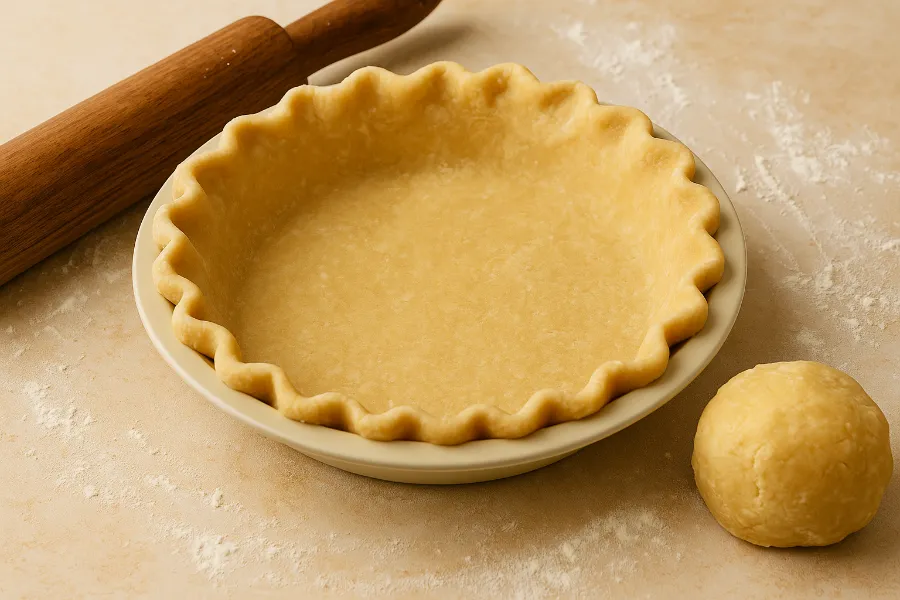
Pie Crust Recipe: Flaky, Tender, Tried-and-True
No pumpkin pie is complete without a perfectly baked crust. The ideal texture is buttery, crisp, and tender enough to complement the silky custard. While recipes differ, every baker should try both sides of the all butter vs shortening pie crust comparison to see what fits their taste. Butter delivers a rich flavor and golden hue, while shortening adds structure and tenderness. Many swear by a 50-50 blend for the best of both worlds.
If you’re new to pastry making, start simple with a how to make extra flaky pie crust for beginners method. Use cold butter, cold water, and minimal kneading to preserve those delicate layers. And if you don’t have fancy tools, don’t stress—an easy homemade pie crust with no rolling pin method works wonders. Just press the dough directly into the pie dish using your fingertips, and you’ll still get that crisp, golden base.
Blind Baking Tips and Crust Perfection
The crust is the backbone of your pie—it carries the filling, texture, and visual appeal. Learning blind baking tips for flaky pie crusts is a game changer. Blind baking means partially baking your crust before adding the filling, helping it stay crisp and golden rather than soggy. To do this, line your crust with parchment paper, fill it with pie weights or dried beans, and bake for 10–12 minutes.
If you skip this step, you risk a soggy bottom. To avoid that, brush the crust lightly with egg wash before pouring in the filling. It creates a natural barrier that helps keep pumpkin pie crust from getting soggy while adding a lovely sheen to the baked crust.
Fresh Pumpkin Pie: Seasonal, Authentic, Unforgettable
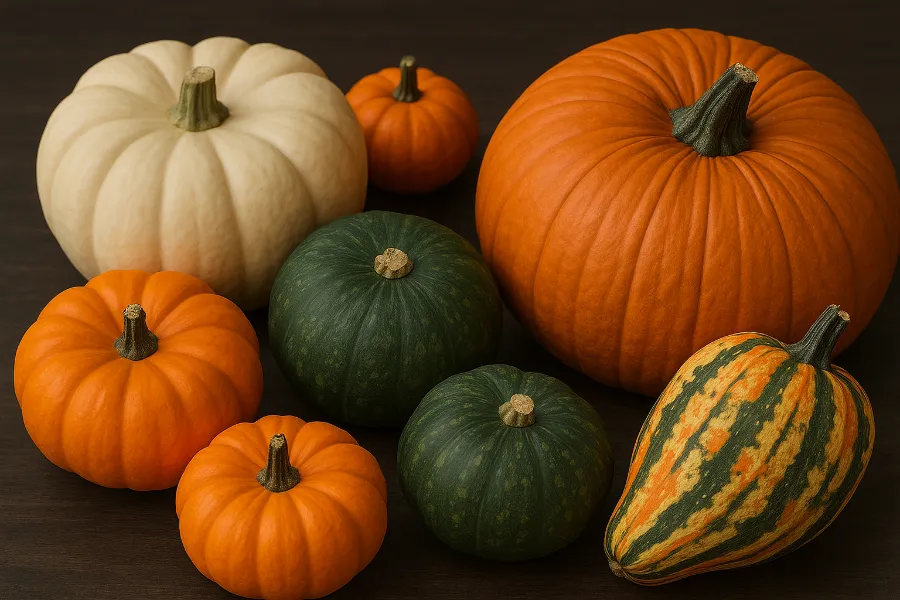
A fresh pumpkin pie captures the very essence of autumn—it’s a dessert that feels both humble and elegant. Using real pumpkin instead of canned transforms the entire experience. The flavor is woodsy and sweet, the color radiant orange, and the texture creamy but firm. When shopping, remember that the best pumpkins for homemade pumpkin pie are small, firm, and unblemished. These typically weigh between 2–4 pounds and are labeled as sugar or pie pumpkins.
Homemade pies like these make wonderful fall dessert ideas using fresh pumpkin. Whether for Thanksgiving, a cozy dinner with friends, or a quiet weekend afternoon, fresh pumpkin pie is a show-stopping centerpiece that never fails to impress.
How to Tell When Pumpkin Pie Is Perfectly Baked
Timing is everything when it comes to pumpkin pie. Learning how to tell when pumpkin pie is perfectly baked ensures that creamy texture without cracks or sogginess. The key is to watch for subtle signs rather than relying solely on time. The edges should be firm and slightly puffed, while the center should still jiggle gently when nudged. That residual heat continues to cook the custard even after the pie is removed from the oven.
Cool your pie slowly at room temperature for at least two hours before refrigerating. Rapid temperature changes can cause cracking, so resist the urge to rush it. The result: a beautifully smooth top and silky interior every single time.
Flavor Customization and Seasonal Variations
Pumpkin pie is a canvas for creativity. Once you’ve mastered the base recipe, start experimenting with the best spice ratio for homemade pumpkin pie to create your signature version. A balanced mix of cinnamon, nutmeg, ginger, and cloves provides warmth, but you can lean heavier on cinnamon for sweetness or add extra ginger for zing.
If you’re accommodating dietary preferences, consider a dairy-free pumpkin pie using coconut milk. It delivers the same creamy texture as heavy cream but adds a hint of tropical aroma that complements pumpkin beautifully. For sweetness, swap refined sugar for maple syrup or honey—both pair wonderfully with the spices.
Putting It All Together
Here’s a complete snapshot of how to make pumpkin pie from scratch—step by step:
- Choose and prep your pumpkin. Select small sugar pumpkins for flavor. Roast halves cut-side down at 375°F until fork-tender, about 45 minutes.
- Puree the pumpkin. Scoop out the flesh and blend until smooth. If you don’t have a processor, mash and press through a fine sieve—an easy version of how to make pumpkin puree without a food processor that still yields great results.
- Strain if needed. To prevent a pumpkin pie filling too watery fix, remove excess liquid using cheesecloth.
- Make your crust. Combine flour, salt, and fats (butter, shortening, or both). Add cold water gradually. Try an easy homemade pie crust with no rolling pin if you prefer simplicity.
- Blind bake the crust. Follow blind baking tips for flaky pie crusts to prevent sogginess.
- Prepare the filling. Whisk together pumpkin puree, sugar, spices, eggs, and milk or coconut milk. Adjust using your best spice ratio for homemade pumpkin pie.
- Bake. Pour the filling into the crust and bake according to your pumpkin pie baking temperature and timing guide.
- Cool properly. Allow gradual cooling to maintain a smooth surface.
Serve slices chilled or at room temperature with whipped cream, caramel drizzle, or candied pecans. Every bite celebrates the beauty of seasonal baking.
Creative Ways to Use Extra Puree
If you find yourself with leftovers, don’t let that gorgeous puree go to waste—there are countless ways to use leftover pumpkin puree in desserts. Try folding it into pancake batter, blending it into a spiced latte, or baking pumpkin bread and muffins. You can also stir it into oatmeal or yogurt for a nutritious fall breakfast. The mild sweetness and silky texture make it versatile beyond pies.
For long-term storage, remember you can freeze fresh pumpkin puree for later use. It keeps well for up to six months and thaws easily in the fridge overnight.
Fall and Holiday Inspirations
Pumpkin pie embodies the comfort and nostalgia of the season, making it one of the best Thanksgiving desserts made completely from scratch. It pairs beautifully with other fall classics like apple crumble, pecan tart, or sweet potato casserole. And if you want to surprise your guests, bake a bourbon spiced pumpkin pie recipe alongside a dairy-free pumpkin pie using coconut milk—everyone will have something they love.
These desserts also make perfect gifts. A freshly baked pie wrapped in parchment and tied with twine makes a heartfelt, homemade present that always brings smiles.
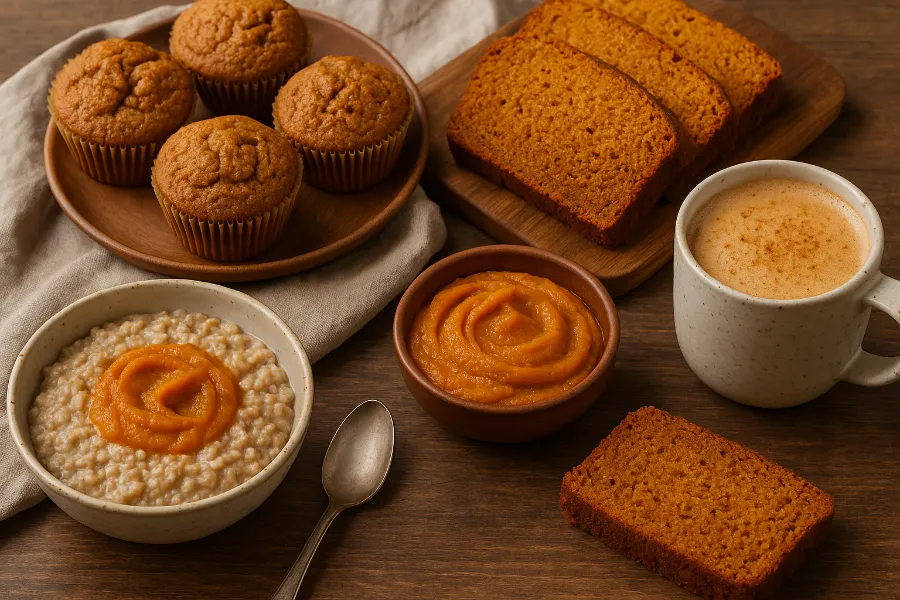
Final Thoughts from My Kitchen to Yours
There’s a special joy in making something entirely from scratch—the pumpkin puree recipe you’ve perfected, the crust you’ve handled with care, and the spices you’ve adjusted to suit your taste. Whether you’re experimenting with pumpkin pie with maple syrup instead of sugar, mastering blind baking tips for flaky pie crusts, or learning how to tell when pumpkin pie is perfectly baked, every step teaches patience, precision, and love.
The truth is, canned pumpkin might be fast, but nothing beats the texture, sweetness, and soul of a pie made from real pumpkin. When your guests take that first bite, close their eyes, and smile, you’ll know—you didn’t just bake dessert; you created a memory worth repeating every fall.
FAQs
For the best flavor and texture, use sugar pumpkins or pie pumpkins. They’re sweeter, denser, and less watery than carving pumpkins.
You can make pumpkin puree up to 3 days in advance and store it in the fridge. For longer storage, freeze it for up to 3 months.
Yes, if the puree is watery. Straining helps prevent a soggy crust and keeps the filling creamy and firm.
Yes. Bake and cool the pie completely, then wrap it tightly and freeze for up to 2 months. Thaw overnight in the refrigerator before serving.
Keep all ingredients, especially the butter and water, very cold. Handle the dough as little as possible to avoid overworking it.
The pie is done when the edges are set and the center still has a slight jiggle. It will continue to set as it cools.
Yes. Replace milk or cream with coconut milk, almond milk, or oat milk for a dairy-free alternative.




